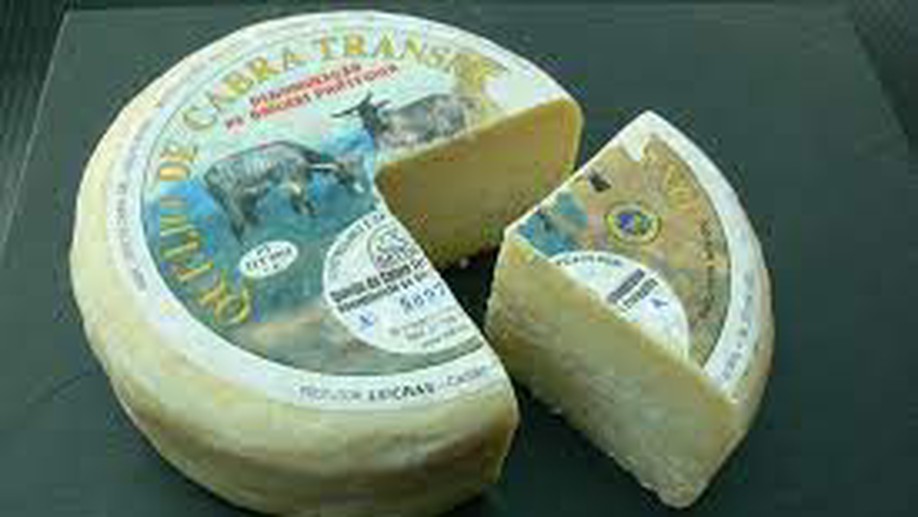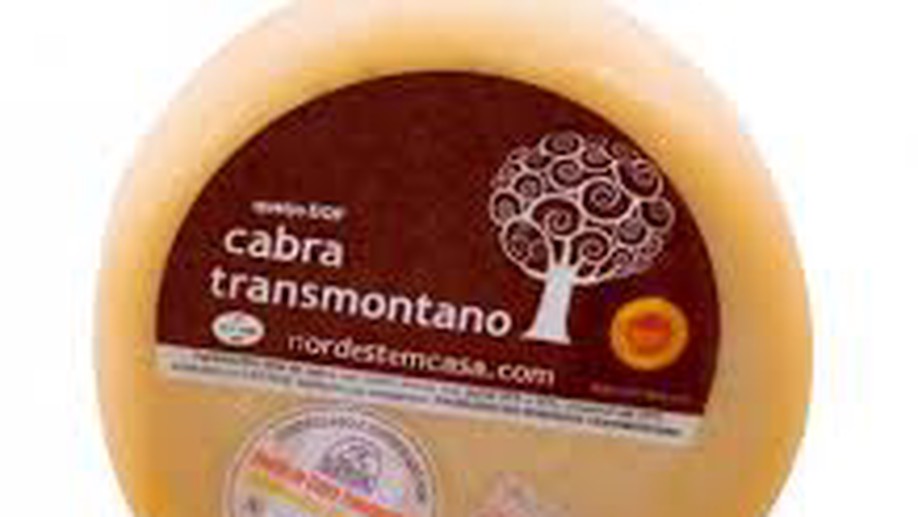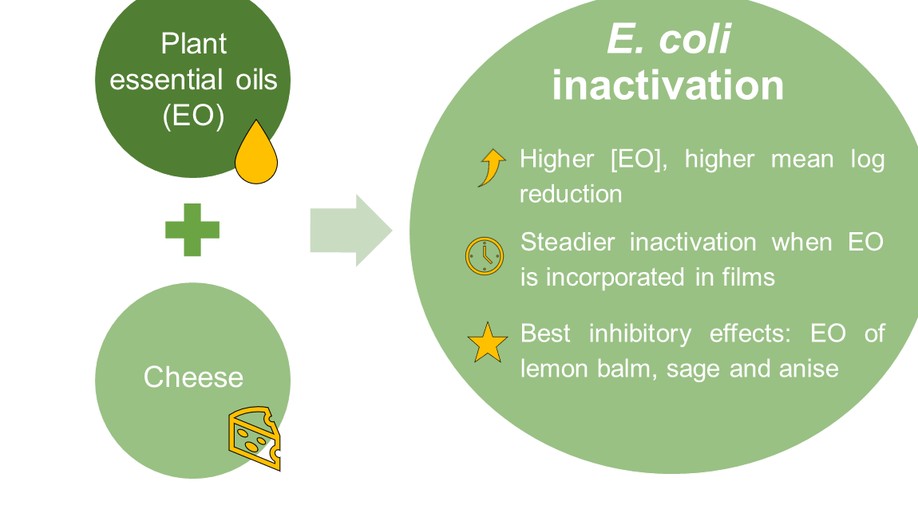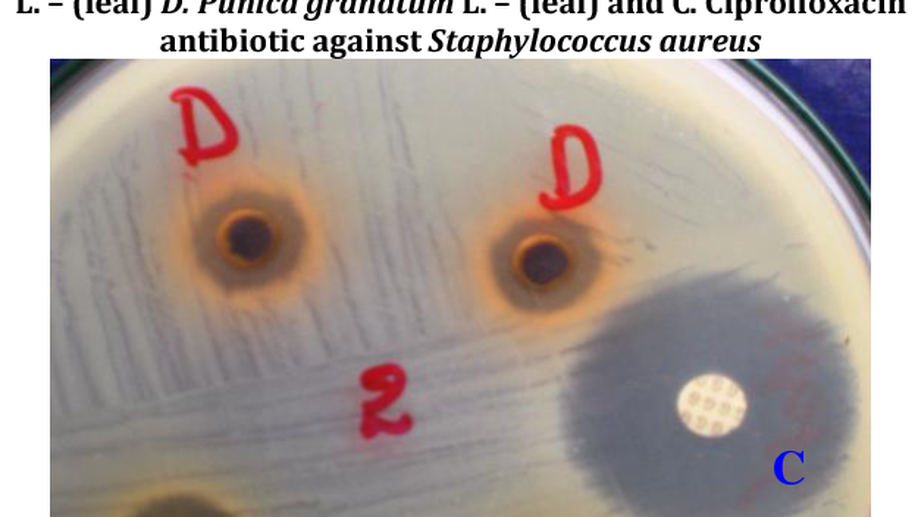
In vitro antimicrobial activity of extracts and essential oils of Cinnamomum, Salvia, and Mentha spp. against foodborne pathogens: A meta-analysis study
Essential oils (EOs) are a class of natural products that exhibit potent antimicrobial properties against a broad spectrum of bacteria. Inhibition diameters (IDs) and minimum inhibitory concentrations (MICs) are the typical measures of antimicrobial activity for extracts and EOs obtained from Cinnamomum, Salvia, and Mentha species.
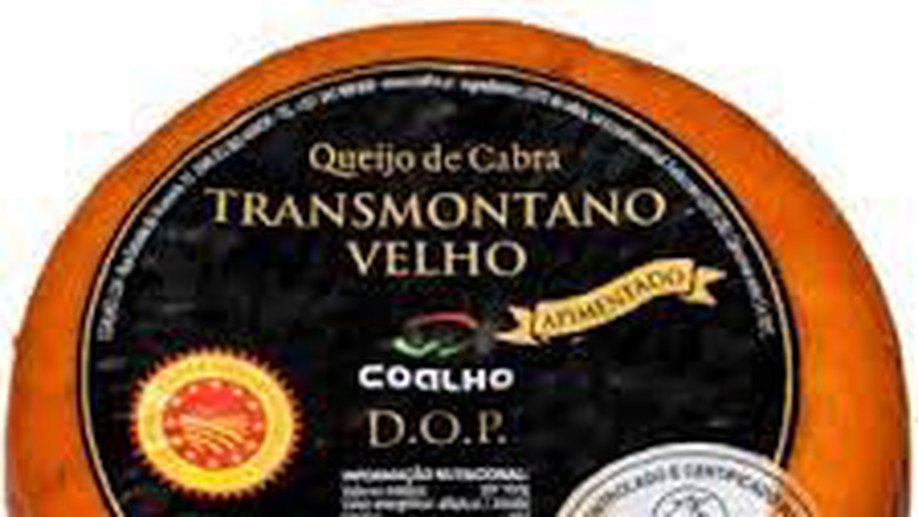
Dynamic Modelling to Describe the Effect of Plant Extracts and Customised Starter Culture on Staphylococcus aureus Survival in Goat’s Raw Milk Soft Cheese
This study characterises the effect of a customised starter culture (CSC) and plant extracts (lemon balm, sage, and spearmint) on Staphylococcus aureus (SA) and lactic acid bacteria (LAB) kinetics in goat’s raw milk soft cheeses. Raw milk cheeses were produced with and without the CSC and plant extracts, and analysed for pH, SA, and LAB counts throughout ripening.
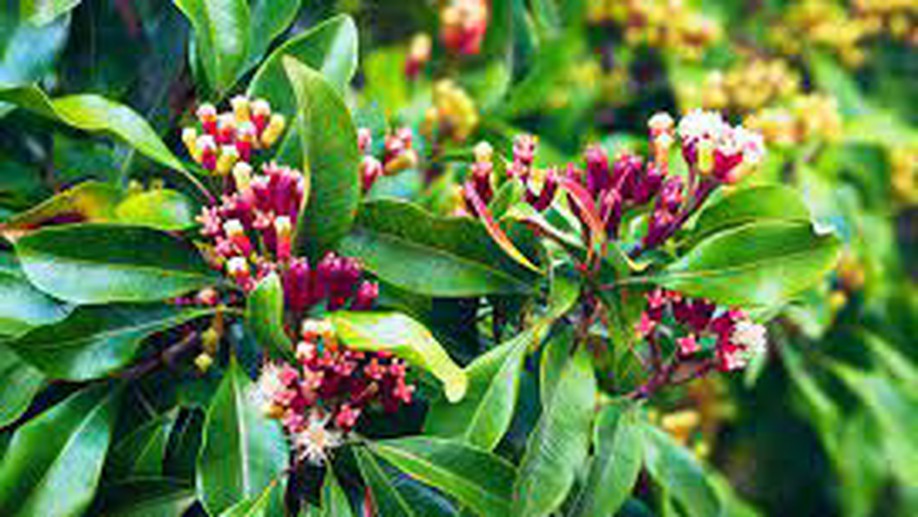
Meta-Analysis of In Vitro Antimicrobial Capacity of Extracts and Essential Oils of Syzygium aromaticum, Citrus L. and Origanum L.: Contrasting the Results of Different Antimicrobial Susceptibility Methods
Diffusion methods, including agar disk-diffusion and agar well-diffusion, as well as dilution methods such as broth and agar dilution, are frequently employed to evaluate the antimicrobial capacity of extracts and essential oils (EOs) derived from Origanum L., Syzygium aromaticum, and Citrus L. The results are reported as inhibition diameters (IDs) and minimum inhibitory concentrations (MICs), respectively.
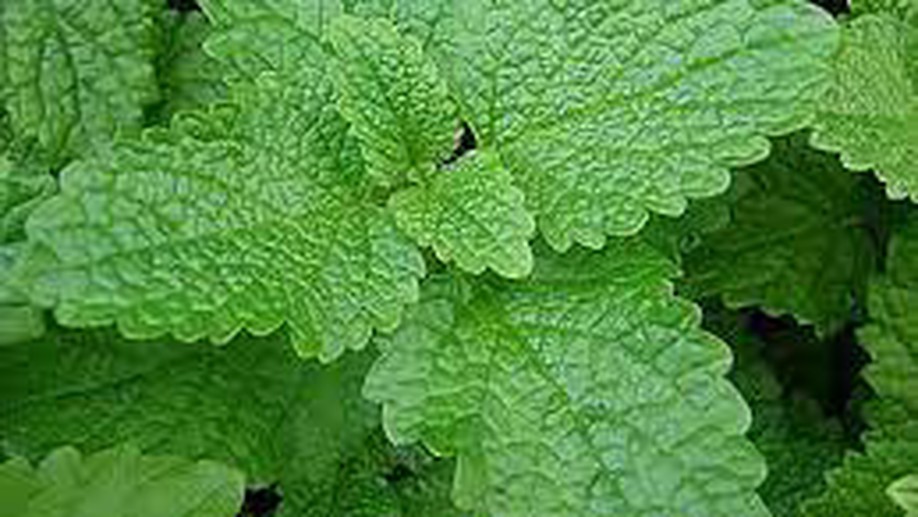
Phytochemical Composition and Bioactive Potential of Melissa officinalis L., Salvia officinalis L. and Mentha spicata L. Extracts
Plants are rich in bioactive phytochemicals that often display medicinal properties. These can play an important role in the production of health-promoting food additives and the replacement of artificial ones. In this sense, this study aimed to characterise the polyphenolic profile and bioactive properties of the decoctions, infusions and hydroethanolic extracts of three plants: lemon balm (Melissa officinalis L.), sage (Salvia officinalis L.) and spearmint (Mentha spicata L.).
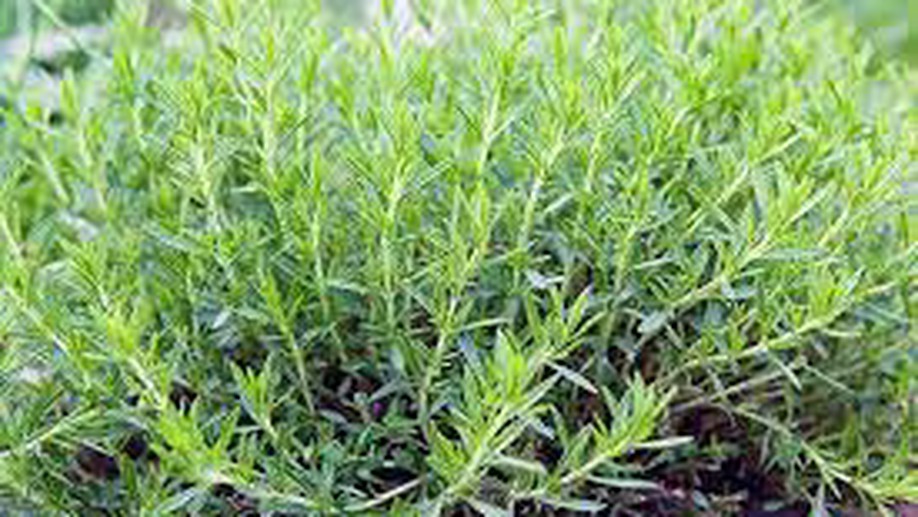
Chemical Profile and Bioactivities of Extracts from Edible Plants Readily Available in Portugal
Plant extracts have been proposed as alternative biocides and antioxidants to be included in a variety of food products. In this work, to assess the potential of French lavender, lemon balm, basil, tarragon, sage, and spearmint to be used as food additives, the chemical profiles and bioactivities of such plant extracts were studied.

Microbial Deterioration of Lamb Meat of Portuguese Origin as Affected by its Intrinsic Properties
In Portugal, sheep and goat meat production constitutes 2.8% of the total meat production, with a self-sufficiency of ~82%. The main autochthonous sheep breeds exploited for meat production are Churra-Galega-Bragançana (CGB) and Bordaleira-de-Entre-Douro-e-Minho (BEDM), whose quality must be optimised in order to ensure adequate income levels for sheep producers. The study aimed to characterise the evolution of spoilage microorganisms in refrigerated vacuum-packed (VP) lamb meat from BEDM and CGB breeds; and elucidate how intrinsic properties of meat can affect its microbial spoilage. Meat from BEDM breed presented higher (p<.0001) populations of mesophiles, lactic acid bacteria, Pseudomonas spp. and psychrotrophic bacteria, since its higher ultimate pH (means: 5.77 for BEDM vs. 5.58 for CGB) accelerated spoilage rate (p<.0001). While water activity and protein content were not found to modulate microbial deterioration (p>0.05), the growth of spoilage bacteria was found to be exacerbated by higher moisture (p<.0001) and higher ash content (p<.001). By contrast, a higher fat content retarded (p<.0001) the growth of spoilage bacteria in VP lamb meat. In order to extend the shelf-life of Portuguese-origin lamb meat, animal handling must be enhanced to minimise pre-slaughter stress, and a carcass classification system should be adopted towards the selection of fatter animals and chilled carcasses of optimal ultimate pH. Keywords: BioSheep, local breeds, proximate composition, pH, lactic acid bacteria, Pseudomonas, psychrotrophic bacteria, shelf-life.

Meta-Regression Models Describing the Effects of Added Lactic Acid Bacteria on Pathogen Inactivation in Milk and Cheese
After systematic review, 426 observations on log reduction data were extracted from twenty studies. The results suggest that exposure time, antimicrobial and pathogen’s inoculum concentrations and biopreservative method of application are related to LAB antimicrobial effectiveness.
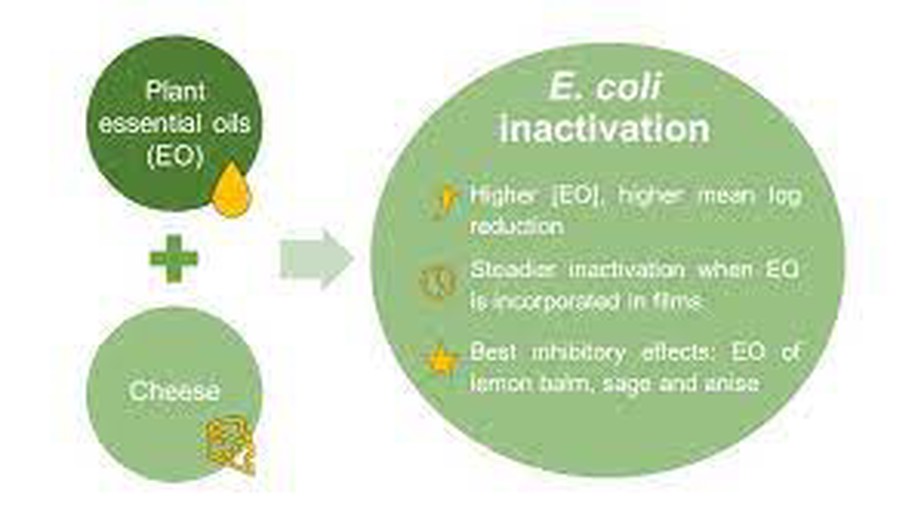
Meta-regression models describing the effects of added lactic acid bacteria on pathogen inactivation in milk and cheese
Biopreservation methods based on the use of lactic acid bacteria (LAB) have been proposed as hurdles to increase the microbiological safety of many products, including fermented milk and cheese.
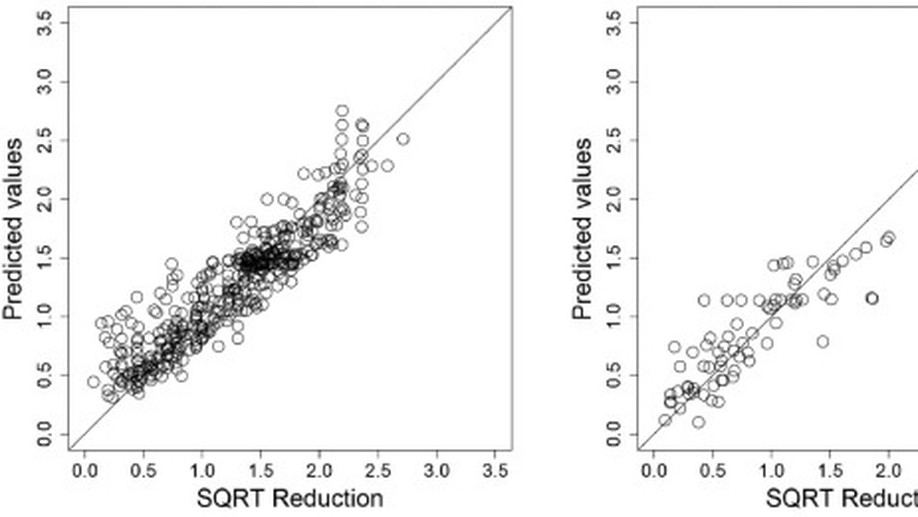
Meta-Regression models describing the effects of essential oils and added lactic acid bacteria on pathogen inactivation in cheese
Biopreservatives such as plant-based antimicrobials and bacteriocinogenic starter cultures have been proposed as hurdles to increase microbiological safety of a variety of products, including cheese, and numerous studies have reported their pathogen inhibitory properties.
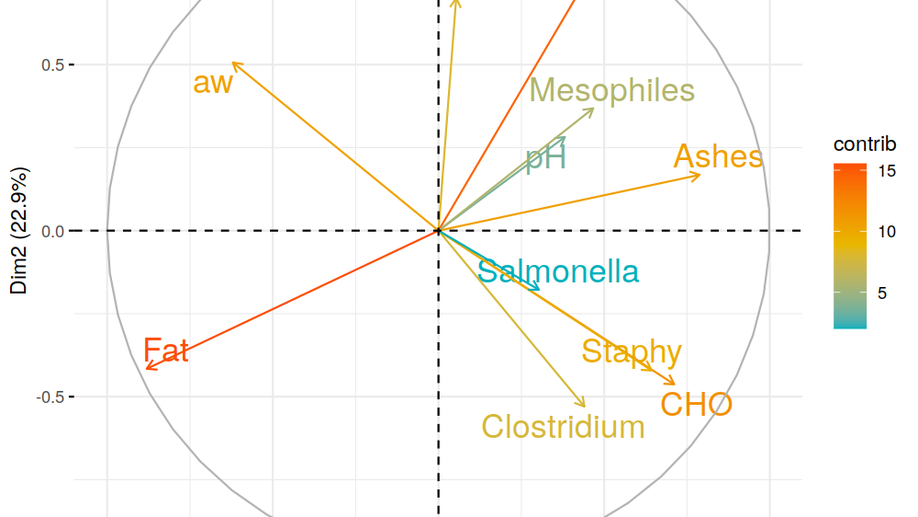
Caracterização físico-química e microbiológica de alheiras produzidas artesanalmente na terra fria transmontana
Alheira is a traditional sausage that is linked to the culture and customs of the people of the Trás-os-Montes Portuguese region, whose manufacturing records date back to the 15th century. Currently, the production of alheiras plays an important role in the regional and national economy, so it is very important to study and characterize the physicochemical and microbiological properties to ensure the quality of traditional alheiras.
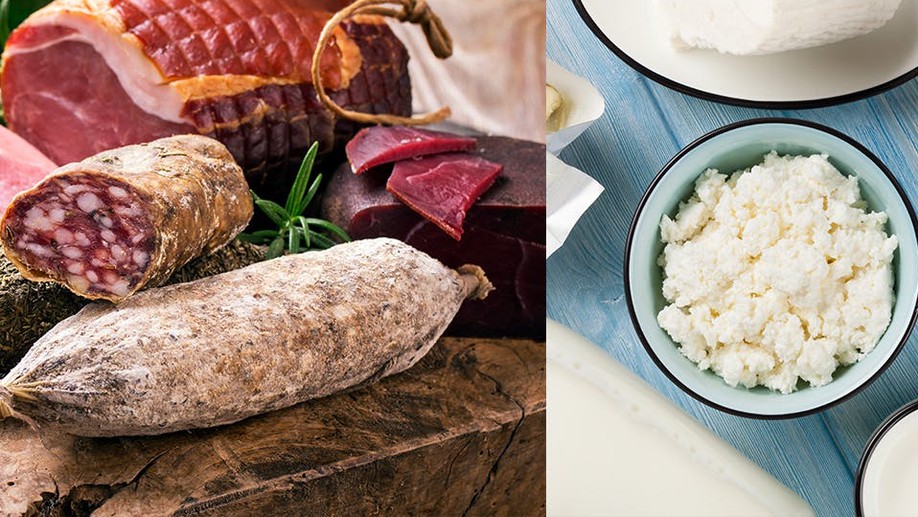
Press text: Come conservare i cibi mediterranei
Non-technical article to raise awareness of the ArtiSaneFood project in Platinun - business leaders, Year 12 Issue 35 November 2019 (ISSN 2038-2596)
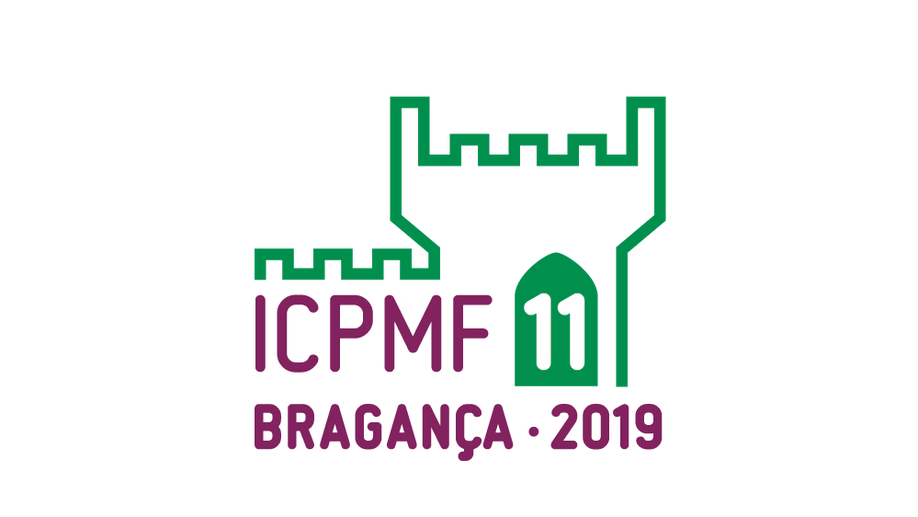
The Artisanefood Project: Novel Strategies To Ensure The Quality Of Traditional Foods Produced In The Mediterranean
The Mediterranean region is known for being rich in traditional food products, and they constitute not only a vital part of the cultural heritage, but an important engine of many local economies.

Mathematical Modelling as a Tool for Ensuring Microbiological Safety of Traditional Fermented Foods
Presentation focused on the theoretical concepts of the most appropriate PMM for fermented foods, as well as on the presentation of some practical cases of dynamic PMM applied to these products.
